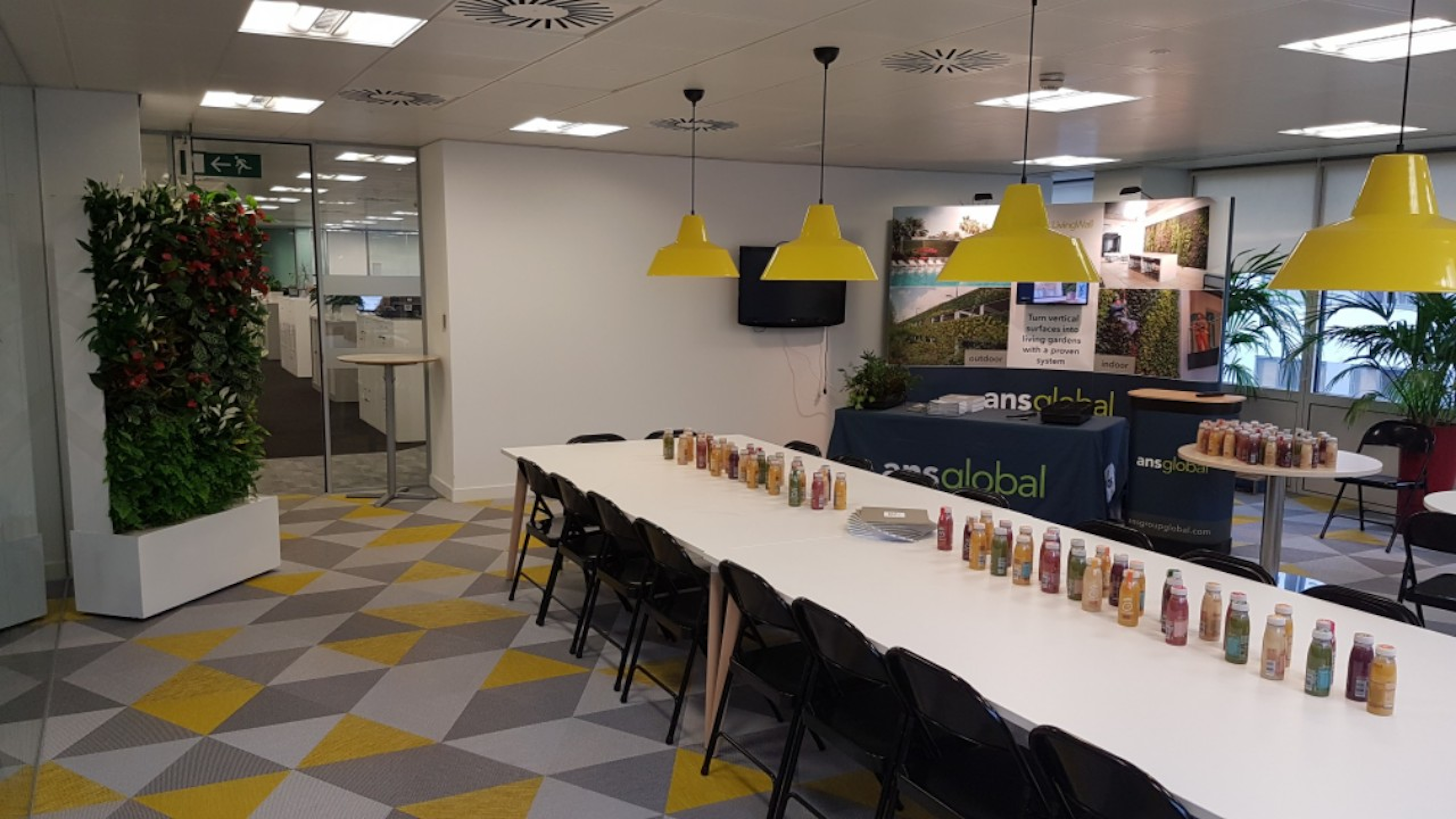RIBA CPD is an important part of maintaining a professional standard in sustainable architecture, and is required by all chartered members of the Royal Institute of British Architects. CPD (Continuing Professional Development) ensures that you’re aware of the latest technologies and best practices in sustainable architecture, allowing the industry to constantly develop and improve as new works are created. In this article, we’re breaking down what RIBA CPD consists of, and show you some great resources that will help you meet the required criteria.
RIBA chartered members are required to spend a minimum of 35 hours per year learning about key architectural skills- this works out at an average of 40 minutes per week. Of these 35 hours, 20 must be spent on the ten sections of the RIBA core curriculum, with two hours spent on each topic. The curriculum consists of the following:
- Architecture for social purpose
- Health, safety and wellbeing
- Business, clients and services
- Legal, regulatory and statutory compliance
- Procurement and contracts
- Sustainable architecture
- Inclusive environments
- Places, planning and communities
- Building conservation and heritage
- Design, construction and technology
You can find RIBA-certified learning resources on these topics from a variety of architectural bodies, including . You can choose a style of resource that suits your work method- some people prefer online lessons, whereas others prefer in-person presentations. Over the 35 hours of learning, you must acquire at least 100 learning points. These points are based on the educational impact of your learning session, and are self-assigned. You can earn between one and four points per session, and points are categorised as follows:
- One point: you learned little
- Two points: your awareness increased generally through a one-hour or two-hour activity
- Three points: you gained a great deal of detailed insight through a half-day or one-day activity
- Four points: you acquired expertise or specialist knowledge on a subject, from a course of two days or longer
It’s important to record and track your CPD activities using the RIBA online CPD recording tool (which you can find here). The RIBA regularly audits its members’ records to check compliance, so it’s important to record your CPD sessions and points as you go.
The RIBA recognises that your educational needs depend on factors such as the kind of projects you undertake and your previous industry experience. Because of this, CPD is very flexible and doesn’t need to be RIBA-certified to count toward your quota.
Rather than focus on the subject matter, the RIBA categorises CPD through the style of education. CPD can be structured or informal, but it is recommended that you aim for at least half to come from a structured source such as a talk or online lesson. The RIBA uses time periods to categorise learning opportunities with the following five levels:
- Microlearning
Less than 30 minutes of unstructured CPD activity
Microlearning is self-directed and can come from reading articles or documents, listening to podcasts, watching instructional videos, or taking part in relevant conversations on social media. This kind of learning is easy to fit in to your daily routine and allows you to stay on top of the latest developments in the architecture world.
- General awareness
Up to two hours of structured CPD activity
General awareness CPD is a structured activity such as a seminar or online lesson. As the name suggests, taking part in this kind of CPD should give you an overall understanding of the subject, but will not make you an expert.
- Detailed knowledge
Up to half a day of structured CPD activity
Where general awareness CPD focuses on knowledge of a subject, detailed knowledge focuses on applying that knowledge. With detailed knowledge, the subject area is examined from a practical standpoint through learning and experience. By the end of this activity, you should be able to advise others on the factors and implications of relevant architectural decisions.
- Deep knowledge
One or two days of structured CPD on specific topics
Like detailed knowledge, deep knowledge puts the focus on being able to apply what you are learning. The best options for deep knowledge CPD are conferences, seminars, workshops, and factory tours. These interactive opportunities give a clear vision of the real-life applications of the subject area.
- Advanced knowledge
Courses of three days or more on specific topics
Advanced knowledge CPD should lead to a specialism, and will often be maintained or enhanced with further education that gives you an extra qualification. Most of these courses can be found in colleges and universities, allowing you to earn a certificate, diploma, or degree on completion.
No matter what your preferred style of learning, there’s a CPD resource for you. We’ve compiled a list below so you can browse the different formats.
In-person events
- Book a personalised CPD session with Viritopia
- RIBA CPD Providers Network Roadshows
- Find your local RIBA office here
Webinars
Architecture blogs/websites
Videos
CPD is a valuable addition to your working knowledge, particularly with an area that is developing as quickly as sustainable architecture. If you want to focus on sustainable architecture CPD, there’s still a lot of room for you to specialise after fulfilling your required learning in the ten base areas. As your knowledge of sustainable architecture grows, you can move through the five levels of CPD learning, even becoming a specialist if that’s where your career leads you. There are a wide variety of online and face-to-face CPD resources available, so explore your options and find what works for you.
We offer free CPDs with one of our experienced Living Wall Consultant's and horticulturalists, which bring your practice up to date with the latest in urban greening and sustainable architecture in the 21st century. Start 2019 right with a CPD at your practice!


